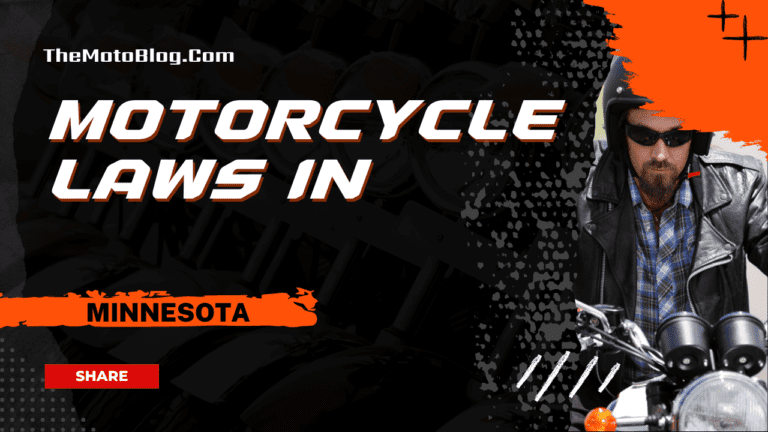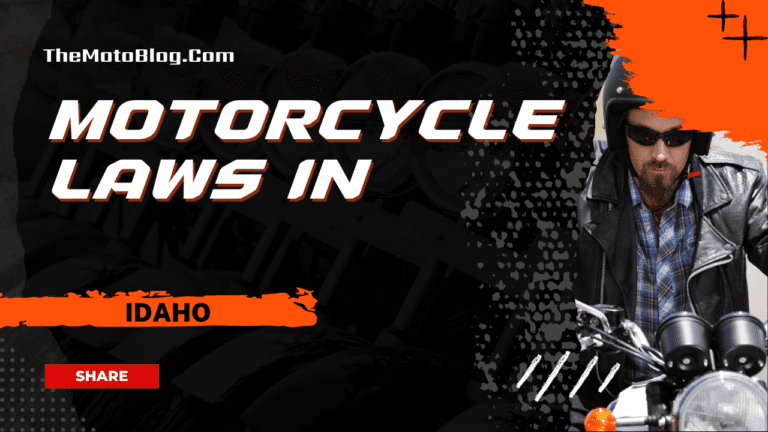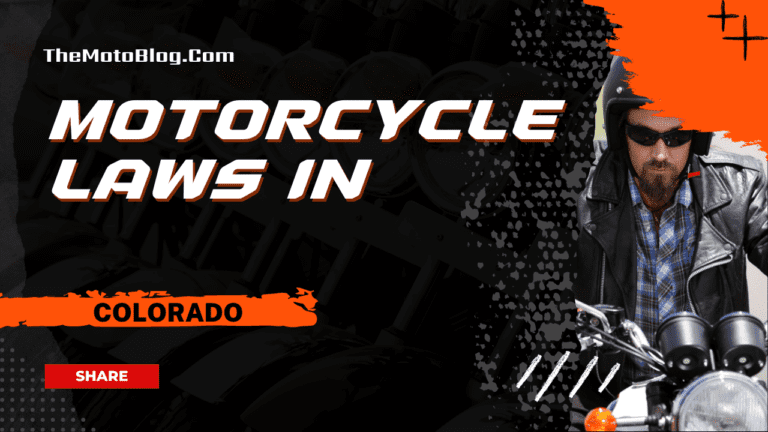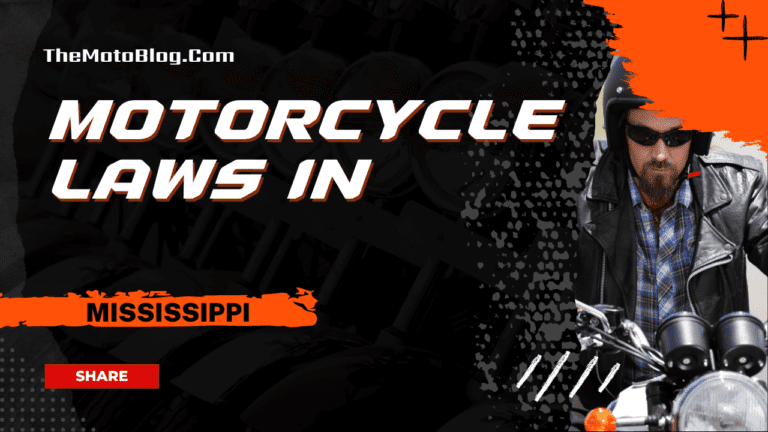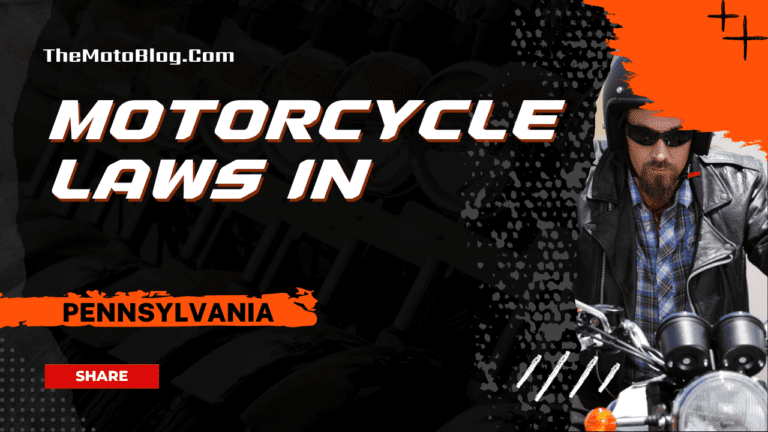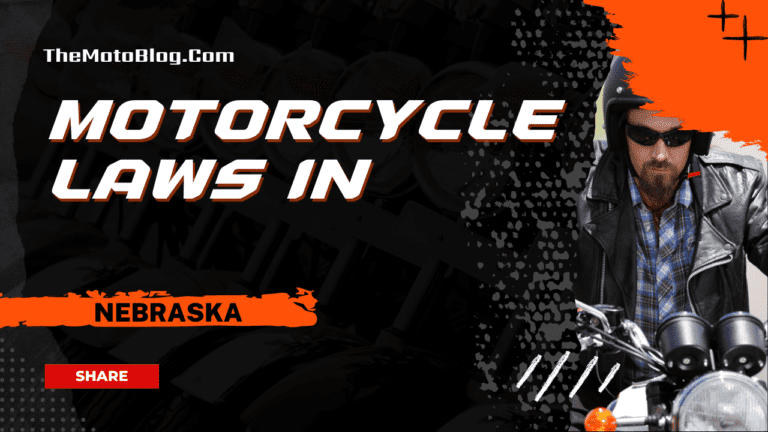Motorcycle Laws in Virginia: The Essential Guide for Riders
Virginia’s diverse terrain, from the Blue Ridge Mountains to the coastal plains, makes it a prime destination for motorcyclists. Bordered by West Virginia’s scenic routes to the west, Maryland’s winding roads to the north, and North Carolina’s motorcycle culture to the south, Virginia maintains specific motorcycle laws that balance rider freedom with safety. Whether you’re cruising through the Shenandoah Valley or connecting to Tennessee’s mountain passes, understanding Virginia’s motorcycle laws is essential for a safe and legal ride.
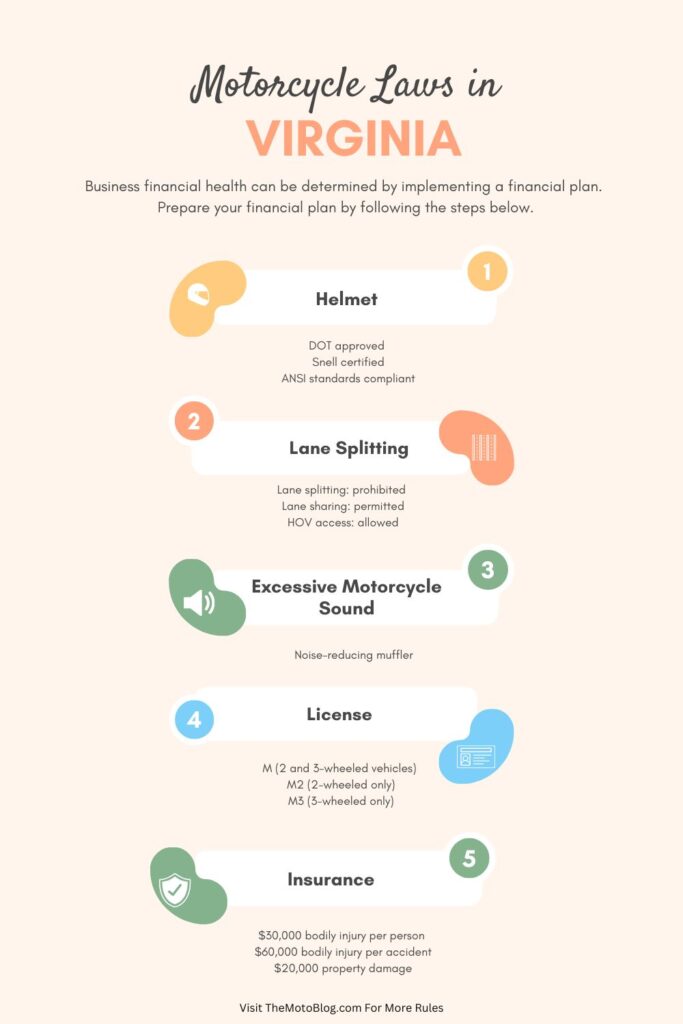
| Requirement | Specification |
|---|---|
| License Types | • M (2 and 3-wheeled vehicles) • M2 (2-wheeled only) • M3 (3-wheeled only) |
| Age Requirements | • Over 18: 30-day permit • Under 18: 9-month permit |
| Required Testing | • Vision test • Knowledge exam • Road skills test |
| Helmet Standards | • DOT approved • Snell certified • ANSI standards compliant |
| Eye Protection | • Face shield • Safety glasses • Goggles • Windshield |
| Insurance Coverage | • $30,000 bodily injury per person • $60,000 bodily injury per accident • $20,000 property damage |
| Lighting Requirements | • Headlight: visible from 200 feet • Tail light: visible from 500 feet • Brake light: required • License plate light: visible from 50 feet |
| Lane Rules | • Lane splitting: prohibited • Lane sharing: permitted • HOV access: allowed |
| Passenger Requirements | • Separate seat required • Dedicated footrests • DOT-approved helmet • No minimum age |
| Registration | • Virginia title required • Insurance proof needed • Annual inspection ($12) • Registration application |
| Traffic Regulations | • May proceed through unresponsive red light after 2 minutes • Full public road access permitted |
| Vehicle Equipment | • Factory exhaust or equivalent • Working brake light • Noise-reducing muffler • Proper seating and footrests |
| Legal Timeframes | • Personal injury claims: 2 years • Premises liability: 5 years |
| Penalties | • Helmet violation: up to $250 fine • Class 4 misdemeanor |
Licensing Requirements
The Virginia Department of Motor Vehicles issues three distinct motorcycle license classifications:
- M (both 2 and 3-wheeled vehicles)
- M2 (2-wheeled vehicles only)
- M3 (3-wheeled vehicles only)
Age-Based Requirements
For riders over 18:
- Vision test
- Knowledge examination
- 30-day learner’s permit
- Road skills assessment
For riders under 18:
- Vision test
- Knowledge examination
- 9-month learner’s permit
- Road skills assessment
Safety Equipment Requirements
Helmet Laws
All operators and passengers must wear protective helmets meeting:
- Snell Memorial Foundation standards
- American National Standards Institute specifications
- Department of Transportation requirements
Additional Safety Equipment
- Eye protection (face shield, safety glasses, or goggles)
- Windshield as an alternative to eye protection
- Exceptions apply for motorcycles with wheels 8 inches or less
Operating Regulations
Lane Usage
- Lane splitting prohibited
- Side-by-side riding permitted
- Full access to HOV lanes
Equipment Standards
Motorcycles must have:
- Headlight visible from 200 feet
- Tail light visible from 500 feet
- Functional brake light
- License plate illumination visible from 50 feet
- Operator and passenger footrests
Insurance Coverage
Minimum Requirements
Liability coverage must include:
- $30,000 per person for bodily injury
- $60,000 per accident for bodily injury
- $20,000 for property damage
- Alternative: $500 uninsured motor vehicle fee
Vehicle Requirements
All motorcycles must have:
- Factory-installed or equivalent exhaust system
- Working brake light
- Noise-reducing muffler
- Appropriate seating and footrests
Passenger Guidelines
Passengers must have:
- Dedicated seating
- Separate footrests
- DOT-approved helmet
- Proper eye protection
Documentation and Registration
Registration requires:
- Virginia motorcycle title
- Proof of insurance or uninsured fee payment
- Completed registration forms
- Annual inspection ($12 fee)
Traffic Rules
Special provisions include:
- Permission to proceed through unresponsive red lights after two minutes
- HOV lane access
- Full public road access
Legal Considerations
Time Limitations
- Personal injury claims: 2-year statute of limitations
- Premises liability: 5-year statute of limitations
Violations
- Contributory negligence rule applies
- Helmet law violations: Class 4 misdemeanor (up to $250 fine)
Understanding and following Virginia’s motorcycle laws ensures both safety and legal compliance while exploring the state’s scenic beauty. Whether you’re planning to venture into West Virginia’s mountain roads, explore Maryland’s coastal highways, or head south to experience North Carolina’s diverse riding terrain, knowing these regulations helps create a seamless riding experience across state lines. Virginia’s comprehensive motorcycle laws reflect a commitment to rider safety while preserving the freedom and excitement of motorcycle riding. Remember that these laws are designed not just for compliance, but to ensure every rider returns home safely from their adventures on Virginia’s roads.
Motorcycle Laws in the US By States
If you liked this article, then please subscribe to our YouTube Channel for more Bike Videos. You can also find us on Instagram, Twitter and Facebook.
Disclosure: As an Amazon Associate, I earn from qualifying purchases. Read more about Amazon Affiliate Disclaimer.

Vishwanath Mathpati
I am Vishwanath Mathpati, a full-time Blogger and Motorcyclist from Bidar, Karnataka. I love writing about my Motorcycles Stories and Riding Gears on this blog.
Know More About Me.


